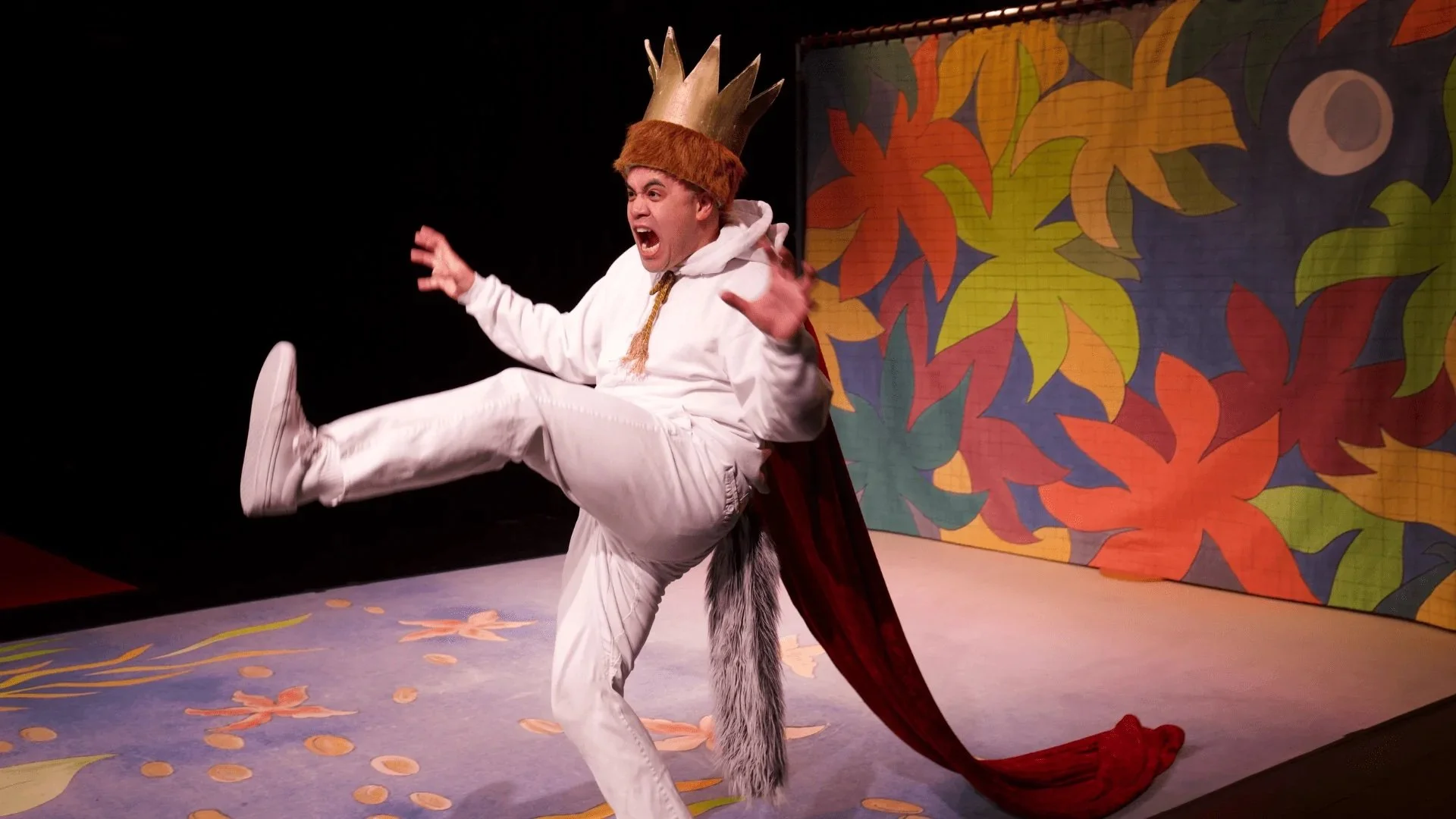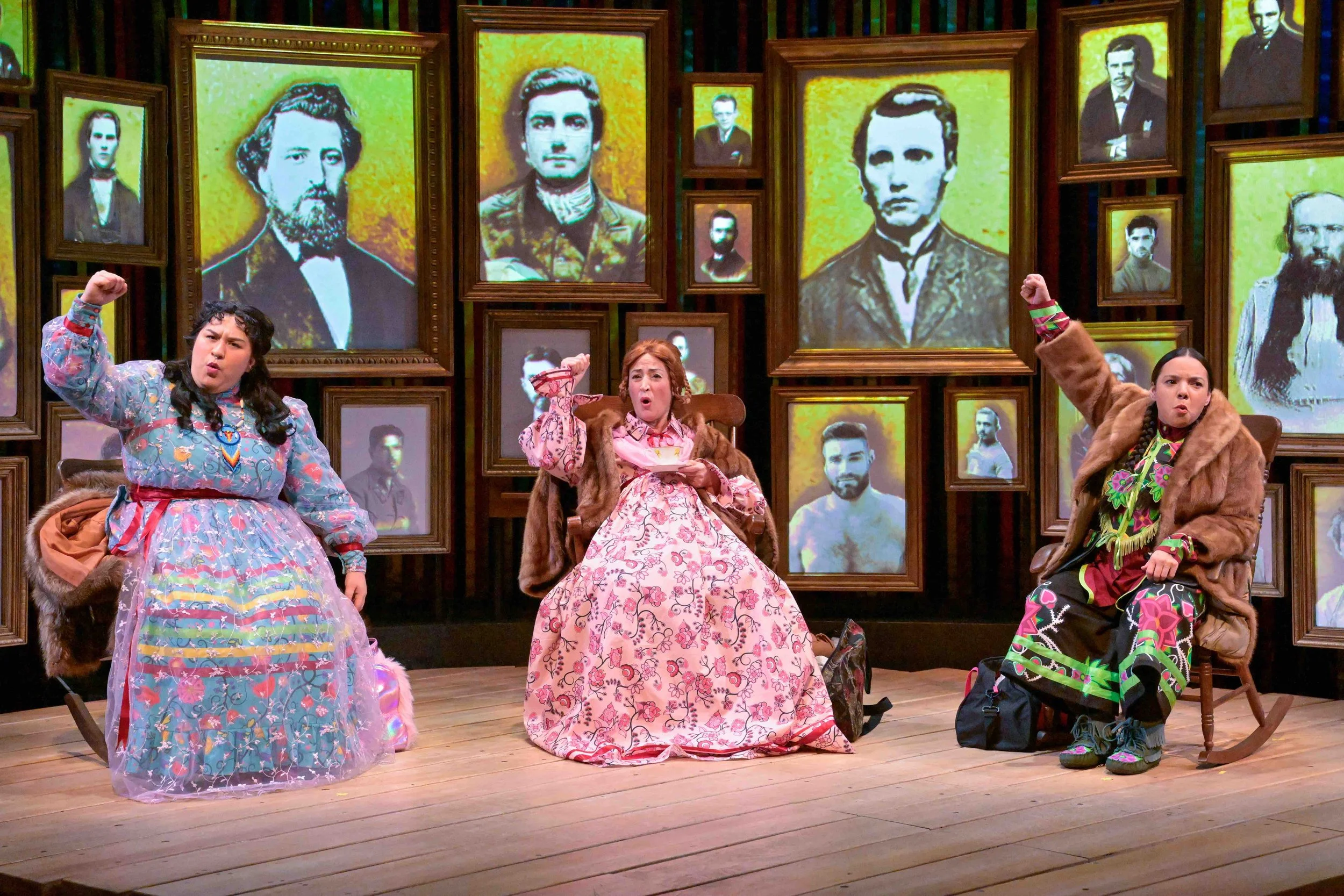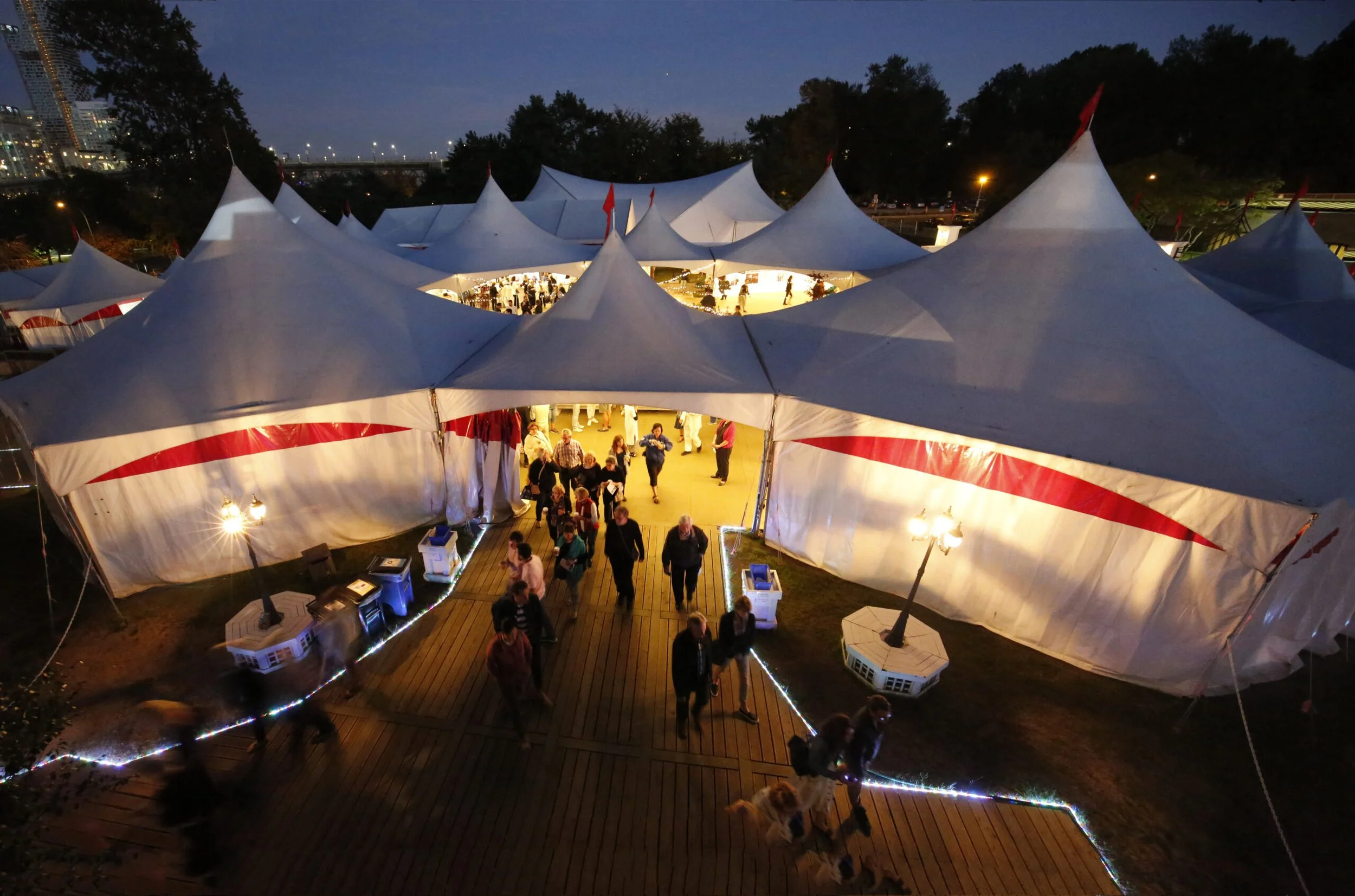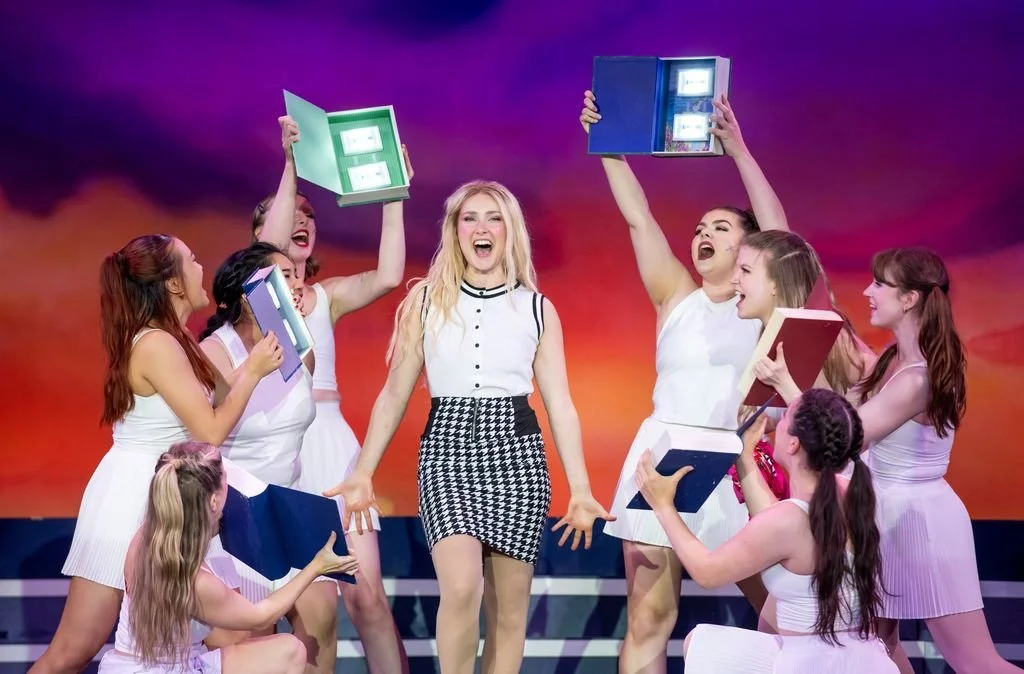With release of Placentia Bay: Summer of 1941, composer Mark Haney wraps up his storytelling trilogy
Written for and performed by Haney’s double-bass colleague Meaghan Williams, the album is both a personal triumph and a creative pivot point
Mark Haney’s Placentia Bay: Summer of 1941.
Placentia Bay: Summer of 1941 by Mark Haney releases on vinyl LP on August 9
WHEN HE DECIDED to begin work on a new double-bass concerto, Vancouver composer and double bassist Mark Haney wanted to free himself from the limits of deadlines, funding, and other logistical challenges. But fate had other plans.
“I’d kind of been concerned for a while that my creative impulses were all immediately being filtered through different logistical things,” the composer shares with Stir, in the runup to the concerto’s August 9 LP release. “I’d have an idea and then my brain would instantly start attacking it. Like, ‘Well, what grants are available? What’s possible? How could this come to be?’”
This time would be different, including who he would be writing for. Instead of composing a piece for himself to perform—as in his critically acclaimed album and documentary film project Aim for the Roses, and its follow-up, Omnis Temporalis, a “chamber novella” based on the graphic novel by Seth—he would write a work for his Okanagan Symphony Orchestra colleague, principal bassist Meaghan Williams.
“I’d been toying with a piece set in Newfoundland, because I love Newfoundland so much—and her being from Newfoundland, it all came together,” explains the multi-hyphenate artist, who’s also the manager of arts and culture for the City of Mission and composer-in-residence at Mountain View Cemetery. (Earlier this year, he passed the torch of Managing Artistic Director of Little Chamber Music to violinist Molly MacKinnon.)
“We decided that I was going to write her a bass concerto—and then the Okanagan Symphony kind of got wind of it and asked if they could program it. And that sort of put a timeframe on the project, which I wasn’t necessarily thrilled about,” he adds with a laugh. “Originally I’d been looking for this to just be a very organic piece without things like deadlines. But it was an amazing opportunity, so I’m not complaining.”
The evocative Placentia Bay: Summer of 1941, which includes elements of traditional Newfoundland music and fragments of choral hymns, was premiered by Wiliams and the OSO in November 2019. But it’s only now, in its recorded format, that Haney feels his vision has been fully realized. Recorded at Vancouver’s Afterlife Studios, it features Williams and a heavy-hitting roster of local musicians—including flutist (and artistic director of Vancouver's Queer Arts Festival) Mark Takeshi McGregor, percussionist Martin Fisk, violinists Rebecca Whitling and Cameron Wilson, and the musica intima vocal ensemble, to name just a few.
“It’s kind of the closest I’ve ever come to actually realizing the piece as it exists in my head out there in the world,” says Haney. “There’s always so many compromises you make along the way. And with this one, I compromised a lot less.“
The three-movement concerto takes its name from the site of the historic—and highly secretive—meeting between U.S. President Franklin D. Roosevelt and British Prime Minister Winston Churchill on August 14, 1941. That conference culminated in the Atlantic Charter, which outlined the countries’ respective goals for the postwar future. The U.S. joined the war four months later.
Mark Haney. Photo by Angela Fama
“One of the themes going through this work for me is the idea of secrets,” Haney says. “The British had to get Churchill from London across the sea to Newfoundland in secret….No one knew about this meeting at all. Both Roosevelt and Churchill went there in complete secrecy.”
The work itself is embedded with secrets as well, the composer reveals. The timpani part that opens the first movement is actually playing the Morse code for Riviera, which was the code name for this mission….In the second movement, the main theme that makes up the bulk of that movement, which is one of my favourite things I’ve ever written, contains a secret that only Meaghan knows. And I’ll never, ever tell it.”
Williams, for her part, describes the piece as “just beautiful, beautiful lyrical writing for the instrument.”
“Mark being a bass player, he knows that part of the challenge with bass and orchestra is getting the instrument to project over the orchestra. So he didn’t use a bass section,” she continues. “He used the bottom end of my range in places, and way up at the top end of the range of the bass, but it’s not competing with those other sounds. And not every composer would have that kind of clarity of insight.”
Haney readily admits to have written some fiendish solo sections. “I told her I wouldn’t write anything that I couldn’t play—but I never said I could play it at tempo,” he chuckles. “Working on this piece, knowing I didn't have to play it, I started to question some of the creative decisions I made in those previous pieces. Like, is that really what I wanted, or was what I wanted just a bit too hard for me to play?”
He has nothing but praise for Williams’s performance. “Meaghan really showed up to play for these sessions,” he says. “It was kind of stunning, the dedication and preparation that went into it, but also just the time that was spent to figure out what was going on and what it was about, and her level of insight may be even deeper than mine, in some places.”
The recording process itself was done, unusually for orchestral music, by splitting up different instrument sections apart. “The winds were recorded on their own, and the brass on their own. And one thing I did, which I think worked out really well, is instead of one string orchestra part, there’s a string section and a string quartet,” Haney explains. “This allowed me to evolve some of the string lines a bit for quartet, because you’re not trying to hold a section together….It also gives a lot more of an intimate feel to some of the string parts.”
In addition, the strings were recorded with a single microphone, in a bid to capture a vintage sound, says Haney. “I’ve always been obsessed with 1950s Hollywood string sound, and the string sounds on Motown records. There’s this warmth,” he says. “Usually when you have a string section, there’ll be a whole lot of mics in that room, and we had them all in a room with one old-school mic. The idea was to try and capture that warm classic Hollywood sound, and he [sound engineer John Raham] totally did.”
A personal triumph for Haney, the album also serves as an inflection point in his career. “Looking at the three albums I have now, I see these really clear progressions. Aim for the Roses was this very, very literal story. And then Omnis Temporalis was more fragmented, and a little more abstract. And then this is completely abstract….It’s nice seeing that I’ve actually changed and maybe evolved a bit.”
The LP, he says, will likely be his last inscribed recording. “In a lot of ways this piece feels like a pivot point,” he continues. “I don’t think I’m ever going to make a physical object again….The projects I’m thinking of now aren't in any way based on a story, the way these were. It feels very much like a period of what I’m doing is sort of encapsulated now, and the next thing is going to be sort of removed from that, and going in a different direction.” ![]()


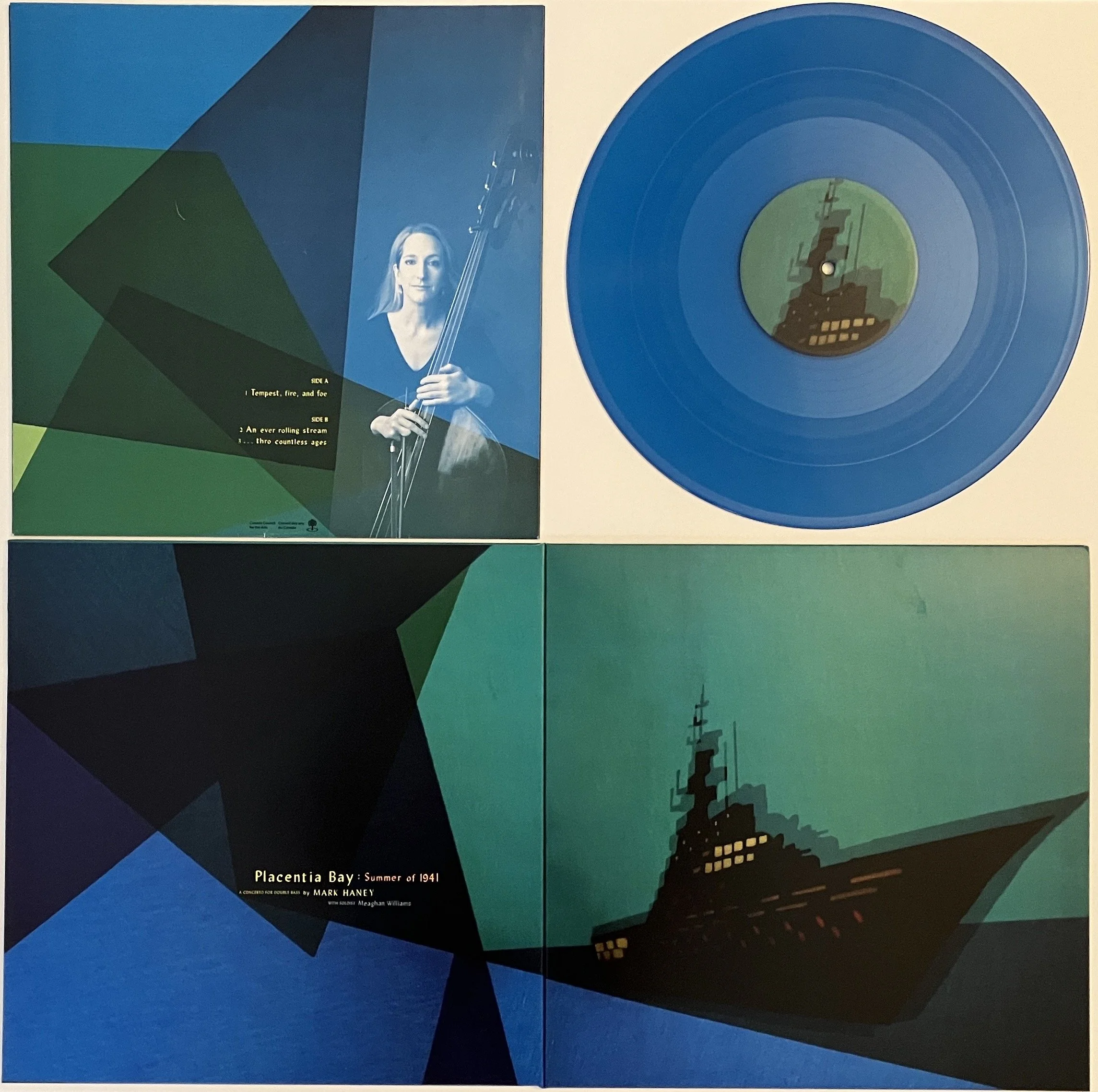


![Theatre review: Complete Works of William Shakespeare (abridged) [revised] [again] takes pleasingly panicked tour of the Bard’s canon](https://images.squarespace-cdn.com/content/v1/5f10a7f0e4041a480cbbf0be/1752776963817-BS2BYYQMLMSGU9OG3E37/Nathan-Kay-and-Craig-Erickson.-Photo-By-Tim-Matheson.jpg)
